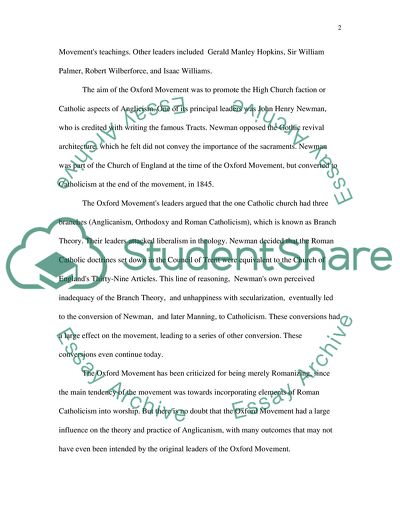Cite this document
(In What Ways Did the Oxford Movement Influence Anglicanism Article, n.d.)
In What Ways Did the Oxford Movement Influence Anglicanism Article. https://studentshare.org/religion-and-theology/1707076-theology-in-what-ways-did-the-oxford-movement-influence-anglicanism
In What Ways Did the Oxford Movement Influence Anglicanism Article. https://studentshare.org/religion-and-theology/1707076-theology-in-what-ways-did-the-oxford-movement-influence-anglicanism
(In What Ways Did the Oxford Movement Influence Anglicanism Article)
In What Ways Did the Oxford Movement Influence Anglicanism Article. https://studentshare.org/religion-and-theology/1707076-theology-in-what-ways-did-the-oxford-movement-influence-anglicanism.
In What Ways Did the Oxford Movement Influence Anglicanism Article. https://studentshare.org/religion-and-theology/1707076-theology-in-what-ways-did-the-oxford-movement-influence-anglicanism.
“In What Ways Did the Oxford Movement Influence Anglicanism Article”. https://studentshare.org/religion-and-theology/1707076-theology-in-what-ways-did-the-oxford-movement-influence-anglicanism.


